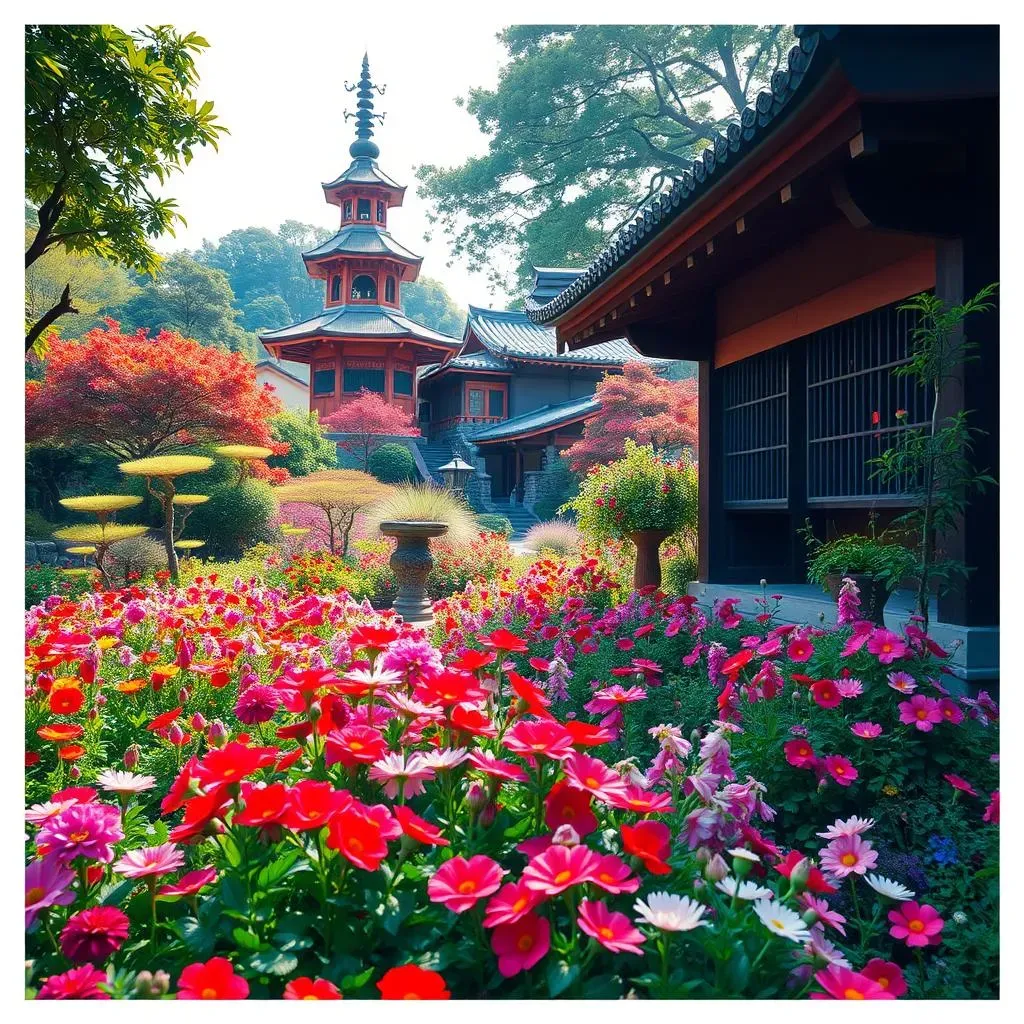Table of Contents
Ever scrolled through breathtaking photos and wondered, "Where was that taken?" Well, if you're like me, and have a thing for vibrant flowers, lush greenery, and picture-perfect landscapes, then Nishijima Garden (西島園芸団地) is calling your name. It's not just a garden; it's a photographer's playground, a place where every corner offers a new perspective and every bloom begs to be captured. This isn't your typical tourist trap, it's a living canvas that changes with the seasons. This article is your guide to mastering the art of photographing this stunning location. We'll explore the best spots, share tips to elevate your 西島園芸団地 写真, and discuss how to showcase your incredible work. From the vibrant colors of the flowers to the unique architectural details, get ready to transform your visit into a memorable photo adventure. So, grab your camera and let's get started.
Exploring Nishijima Garden Through a Lens: Photo Opportunities
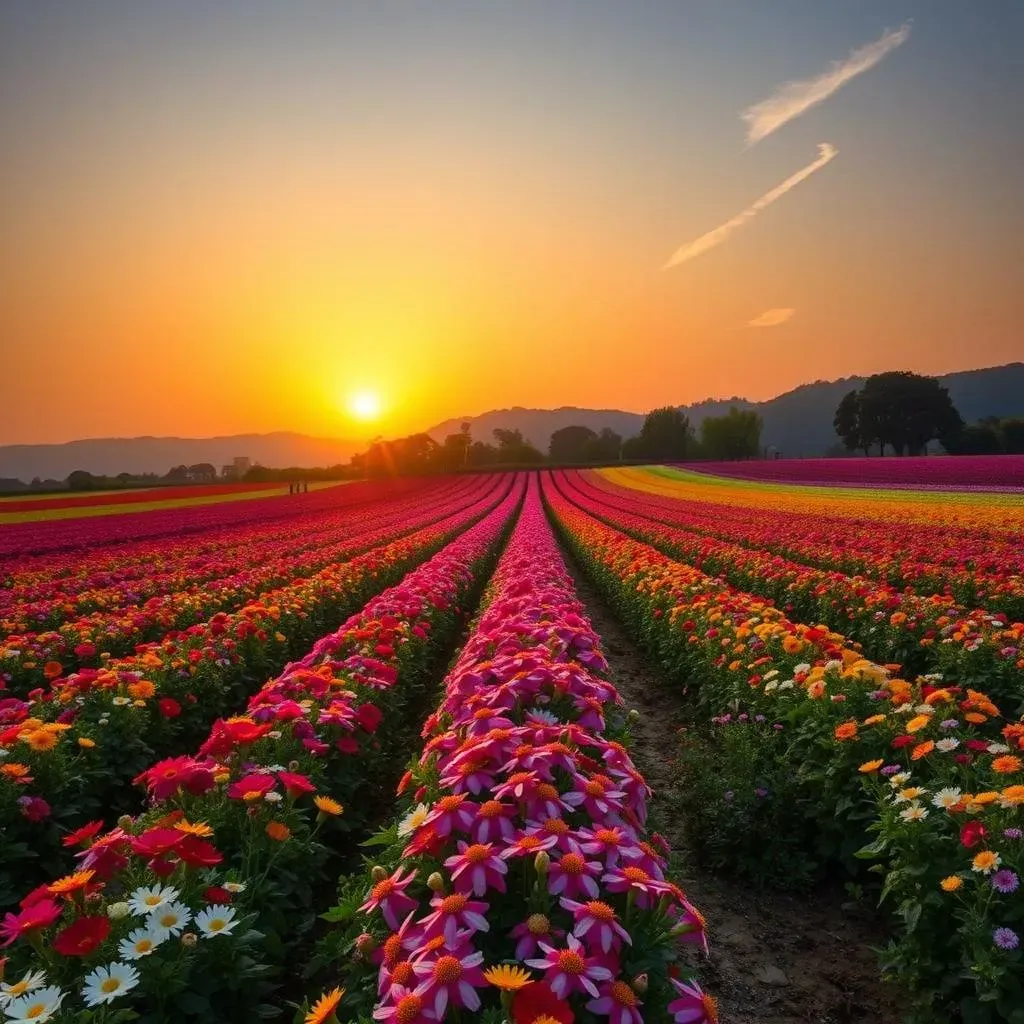
Exploring Nishijima Garden Through a Lens: Photo Opportunities
A Kaleidoscope of Colors: The Flower Fields
so picture this: rows upon rows of vibrant flowers, each one a tiny explosion of color. Nishijima Garden isn't shy about its blooms. It's like stepping into a real-life painting, with flowers in every shade you can imagine. The best part? The flower fields change with the seasons, so you'll get a different spectacle no matter when you visit. Think of fields of sunflowers in the summer, tulips in the spring, and a riot of colorful cosmos in the fall. It's a dream for any photographer looking to capture nature's artistry. You'll find yourself spending hours just wandering through, looking for the perfect angle, the perfect light, and of course, the perfect bloom. Don't forget to get down low for a unique perspective - those macro shots of individual petals are pure gold.
Beyond the fields, there are also charming little nooks and crannies throughout the garden. Little pathways weave their way through the flowers, creating natural leading lines in your photos. Look for benches, small bridges, and even the quirky garden art scattered around. Each spot has its own character, offering a chance to play with depth of field and framing. You can use the natural archways created by the trellises for framing the flowers, or the shadows cast by the trees for a bit of drama. It’s these little details that can make your photos truly special, so don't be afraid to explore and get lost in the beauty.
Season | Typical Blooms | Photo Opportunity |
|---|---|---|
Spring | Tulips, Cherry Blossoms | Vibrant colors, soft light |
Summer | Sunflowers, Lavender | Golden hour shots, wide landscapes |
Fall | Cosmos, Dahlias | Rich colors, warm tones |
Winter | Camellias, Winter Jasmine | Unique textures, delicate details |
Architectural Gems and Hidden Details
It's not just the flowers that make Nishijima Garden a photographer's paradise. The architecture adds another layer of interest. There are greenhouses with glass walls, letting light pour in creating some beautiful reflections, and structures with interesting shapes and textures. These are prime spots to experiment with leading lines and geometric patterns. Don't be afraid to play with the angles, use the architecture as a frame for your floral shots, or even capture the way the light falls on the different surfaces. It is also a great way to add a little human touch to your photos, capturing moments of people enjoying the garden or admiring the flowers.
And you know, sometimes the best photos are found in the little things. Keep an eye out for the details, like dew drops on leaves, the intricate patterns of a flower, or the way light filters through the leaves. These close-up shots can be just as captivating as the grand landscapes. Look for the small details that tell a story, the patterns and textures that add depth to your photos. Use your macro lens to capture the intricate details of a single bloom, or focus on the textures of a weathered wooden fence. It's these tiny details that bring the garden's unique character to life.
Tips for Capturing Stunning Nishijima Garden 写真
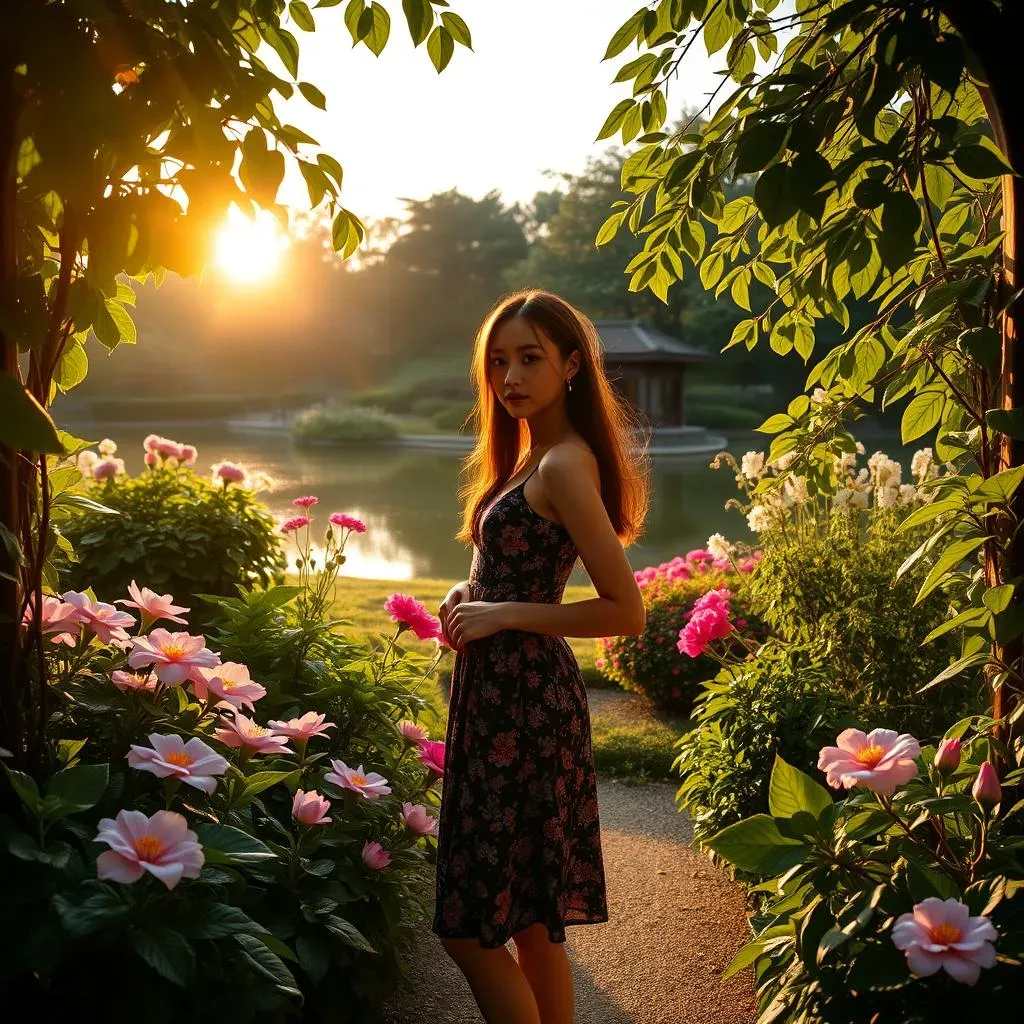
Tips for Capturing Stunning Nishijima Garden 写真
The Golden Hours and Soft Light
so you're heading to Nishijima Garden? First things first: light is your best friend. Forget harsh midday sun, it's all about those golden hours – early morning and late afternoon. The light during these times is softer, warmer, and it casts the most beautiful shadows. It's like the garden itself is glowing. Trust me, the difference is night and day. You'll see the colors of the flowers pop, and the textures of the leaves become more pronounced. Shooting at golden hour gives your photos a touch of magic that's hard to replicate at other times of the day, so plan your visit around these magical times for the best results. I've learned this the hard way, by taking photos in harsh sunlight and then feeling like I wasted my time when I could have come early or later.
Don't worry if it's a cloudy day either. Overcast skies act like a giant softbox, diffusing the light and making everything look smooth and even. This can be a great time to capture the details of the flowers without harsh shadows. It's also excellent for portraits, if you're planning to include people in your shots. The key here is to avoid those bright, sunny days when the light is too harsh and creates those awful, dark shadows. Experiment with different times of the day, and you'll quickly see how much light impacts your photos. It's all about finding what works best for you and the look you're going for. Remember, the light is your paintbrush, use it wisely.
Time of Day | Light Quality | Best Use |
|---|---|---|
Early Morning (Golden Hour) | Soft, warm, directional | Landscapes, flowers, portraits |
Midday | Harsh, bright | Avoid if possible, unless using for specific effect |
Late Afternoon (Golden Hour) | Soft, warm, directional | Landscapes, flowers, portraits |
Overcast Day | Soft, diffused | Detail shots, portraits |
Composition and Framing Like a Pro
Alright, now that you've got the light covered, let's talk composition. It’s how you arrange the elements in your photo, and it can make or break an image. Think of it as arranging furniture in a room, you want it to look just right. Start with the rule of thirds - imagine your photo divided into nine equal parts by two horizontal and two vertical lines. Place your main subject on one of these lines or at the intersection points. It creates a more dynamic and interesting shot. Don't just stick your subject in the dead center - try moving it around and see how it changes the feel of the image. I know it sounds a little complicated, but it's really about thinking about where things are in your frame.
Also, use the garden to your advantage when you are framing your shots. Use the pathways to create leading lines, guiding the viewer's eye through the image. Try using the branches of a tree or an archway to frame a particular flower or scene. These elements add depth and interest to your photos. Experiment with different perspectives - shoot from high above, low to the ground, or even through leaves and branches. It's all about finding that unique angle that makes your photos stand out. And remember, sometimes the best shots are the ones you least expect, so keep your eyes open and don't be afraid to try new things. You might be surprised at what you create.
Showcasing Your Nishijima Garden 写真: Sharing Your Work
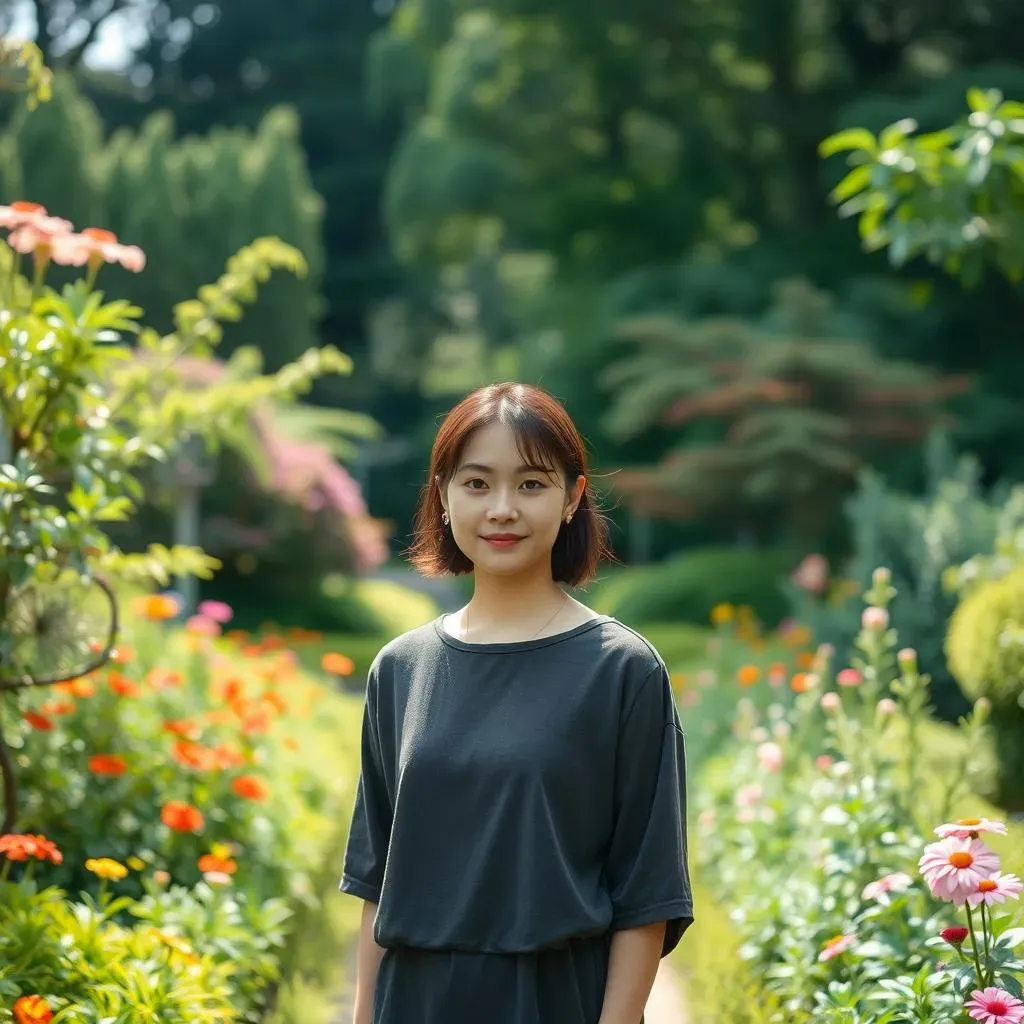
Showcasing Your Nishijima Garden 写真: Sharing Your Work
Platforms to Shine: Where to Share Your Photos
Alright, so you've spent hours wandering through Nishijima Garden, capturing all those gorgeous blooms and hidden corners. Now, it's time to show off your work! There's no point in keeping all those stunning photos locked away on your hard drive, right? The good news is, there are tons of platforms out there where you can share your photos and connect with other photography lovers. From Instagram to Flickr, each platform has its own unique vibe and audience. It's like choosing the right frame for your masterpiece, you want it to complement your work and attract the right attention. Consider what kind of photos you're taking and which platform best suits your style. So, let's explore a few options and see which one clicks with you.
Instagram is a great place if you are looking to share your photos with a wide audience. The key here is to use relevant hashtags like #NishijimaGarden, #JapanGardens, and #FlowerPhotography to get your photos seen by people who are interested in that type of content. You can also use Instagram Stories to share behind-the-scenes shots or videos from your visit. Flickr is another great platform if you are looking to share your photos with a community of photographers, and it is great for high-quality images. You can create albums, join groups, and get feedback on your work. There are also other platforms like 500px and Behance that are great places to showcase your photos and connect with other photographers. Don't be afraid to experiment and see what works best for you. It's all about finding the right place where your photos can shine.
Platform | Best For | Key Features |
|---|---|---|
Visual storytelling, reaching a wide audience | Hashtags, stories, reels | |
Flickr | High-quality images, community engagement | Albums, groups, feedback |
500px | Professional portfolios, showcasing skills | Curated collections, licensing |
Behance | Creative projects, design-focused work | Project presentations, inspiration |
Crafting Compelling Captions: Telling Your Story
so you've got your photos uploaded, but don't just leave them there hanging! Captions are like the icing on the cake. They give context to your photos and help people connect with your work on a deeper level. Don't just write "Flower" or "Garden." Tell a story, share a feeling, or give a tip. Describe the colors, the smells, or the moment you captured the shot. It's all about adding that human touch and making your photos more engaging. For instance, instead of just writing, "Sunset," you could write, "The sun dipped below the horizon, painting the sky with hues of pink and orange over Nishijima Garden." See the difference? It's like you're inviting people to step into the scene with you.
Also, don't forget to engage with your audience. Ask them questions, respond to their comments, and start conversations. It's not a one-way street. The more you engage, the more people will connect with your work and your photos will start to get noticed. Use your captions as a way to share your passion for photography. You can talk about your inspiration, the challenges you faced, or what you learned from the experience. It's a great way to build a community around your work. It also helps to use a consistent tone and style in your captions. It will make it easier for people to recognize your posts. And remember, authenticity is key, so just be yourself and let your personality shine through.
“Photography is a way of feeling, of touching, of loving. What you have caught on film is captured forever… It remembers little things, long after you have forgotten everything.” - Aaron Siskind
Nishijima Garden 写真: A YearRound Photographic Journey
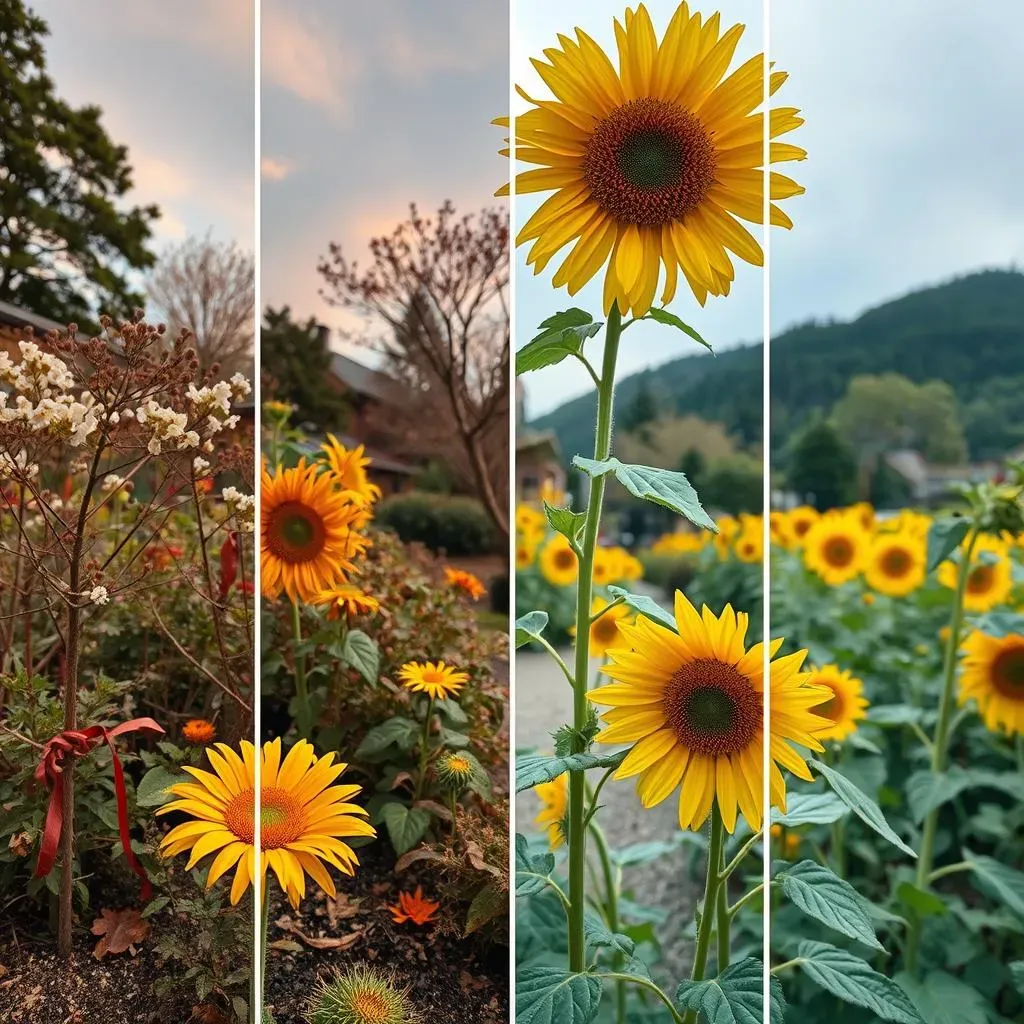
Nishijima Garden 写真: A YearRound Photographic Journey
A Garden for Every Season: Capturing the Changing Scenery
so you might think you've seen Nishijima Garden, but have you really seen it *all*? The beauty of this place is that it's never the same twice. It’s like a living, breathing artwork that transforms with each season. It's not just about the flowers that bloom; it’s about the overall atmosphere, the light, and the feeling you get when you're there. Spring brings a burst of life with cherry blossoms and tulips, summer is all about vibrant sunflowers and lush greenery, fall paints the garden in warm hues with cosmos and dahlias, and even winter has its own charm with unique textures and delicate camellias. Each season offers a different palette, a different set of challenges, and a different story to tell. It's like having four different gardens in one, each waiting to be captured by your lens.
Think about it: the soft pastel colors of spring, the bright and bold shades of summer, the warm and earthy tones of fall, and the subtle and muted hues of winter. Each season brings its own unique light and atmosphere. In spring, you'll get soft, diffused light that's perfect for capturing the delicate details of the flowers. Summer is great for golden hour shots with long shadows and vibrant colors. Fall brings warm, rich tones and dramatic skies. Winter offers a unique opportunity to capture the textures of the landscape, with frost-covered plants and bare branches. It's a continuous cycle of transformation, and each phase is just waiting for you to capture its unique essence. It is a great way to practice your photographic skills and get inspired by the beauty of nature.
Season | Photographic Theme | Focus Points |
|---|---|---|
Spring | New Beginnings | Pastel colors, delicate blooms, soft light |
Summer | Vibrant Growth | Bold colors, sunny landscapes, golden hour |
Fall | Warm Tones | Rich colors, dramatic skies, falling leaves |
Winter | Quiet Beauty | Unique textures, frost, muted colors |
Planning Your Year-Round Photo Adventures
So, how do you make the most of Nishijima Garden throughout the year? The key is planning. Before you go, check out the garden's website or social media to see what's currently in bloom. This way, you can get an idea of what to expect and plan your shots accordingly. Think about the types of photos you want to capture and what time of day would be best. For example, if you're looking to capture the vibrant colors of the sunflowers, you'll want to visit during the summer months and plan your visit around sunrise or sunset. If you're interested in capturing the delicate details of the winter blooms, you'll want to visit during the winter months and look for overcast days to avoid harsh shadows. It's about being strategic and making the most of each visit.
Also, don't be afraid to experiment and try new things. Visit the garden at different times of the day and during different weather conditions. You might be surprised by the results. You might find that you love capturing the garden on a rainy day, or that you prefer the soft light of an overcast sky. The more you experiment, the more you'll discover your own unique style and the more you'll appreciate the ever-changing beauty of Nishijima Garden. It's a journey of discovery, and every visit offers a new opportunity to create something beautiful. It’s like having a blank canvas that is waiting for you to add your personal touch.
Wrapping Up Your Nishijima Garden Photography Journey
Photographing Nishijima Garden is more than just snapping pictures; it’s about capturing moments, colors, and the essence of this beautiful place. Whether you’re a seasoned pro or just starting out, the garden offers endless opportunities to hone your skills and create images that tell a story. Remember, it's not just about the perfect shot, it’s also about the experience and the joy of sharing your unique perspective. So, keep exploring, keep shooting, and keep sharing your 西島園芸団地 写真 with the world. Who knows, maybe your photo will inspire others to visit and capture the garden's beauty for themselves. Happy shooting!
